Galápagos Tortoise Skeleton
This rare tortoise skeleton has been hanging around the downtown Los Angeles museum for over a century.
Meet Gunther. He’s been at the Natural History Museum of Los Angeles County for over a hundred years, and most visitors never even see him.
At the far end of a long hall leading to the Museum’s Research Library, there is a perfectly preserved skeleton of a Galápagos tortoise, one of a pair in their herpetology collection (that’s reptiles and amphibians). In 1900 he was captured and transported to a ranch in Riverside, California by the well-known zoologist Edmund Heller, just a little guy at the time weighing 29 pounds (the tortoise, not Heller).
He survived in captivity for only 14 years, but in that time grew to a robust 450 pounds. His body was then donated to the Museum, and although Heller’s letter to the director called him a “very stupid” tortoise (not cool, professor!), Gunther had helped early researchers learn more about the species, and how they age and grow.
The Galápagos tortoise is actually a collection of sub-species, each one unique to its particular island. This one, named for British zoologist Albert Günther, is native to Isabela (the largest of the archipelago), and today is threatened not only by predators that have been introduced to the island (pigs, dogs, rats, and cats), but by the threat of an eruption from the Sierra Negra volcano. Some 20 specimens have been placed in conservation and breeding programs, to try and stem the tide of extinction.
Sadly, another subspecies, the Pinta (or Abingdon) Island tortoise, lost its last known survivor in 2012. Named “Lonesome George,” his kin were thought extinct decades ago when he was found living a solitary life in 1971. He was estimated to be around 100 years old at the time of his death, and had been living a protected life on Santa Cruz Island in the hopes of cross-breeding and repopulating his subspecies.
Johannah Barry, the President of the Galápagos Conservancy, said of George, that he “… became a symbol of the tremendous advances that can be made when science, conservation expertise, and political will are aligned on a common cause.” We can only hope that Gunther’s remaining relatives stick around long enough to find out for sure.
Know Before You Go
The Museum is in Exposition Park, across the street from the University of Southern California, near downtown Los Angeles. It’s open every day (except major holidays) from 9:30am to 5pm, and admission is $12 for adults, $9 for seniors & students, $5 for kids (under 2 are free).The skeleton is out of the way, at the end of the hall leading to the Research Library. The hall is in the lower level of the museum (Level G), near the restrooms to the east of the Nature Lab exhibit. The museum's Research Library has many collections worth checking out besides the wealth of specimens (great maps and other good stuff), and their hours are Monday to Friday from 10am to 4pm. You can phone them at 213-763-3268, or email at librarian@nhm.org to schedule a visit.
Community Contributors
Added by
Edited by
Plan Your Trip
The Atlas Obscura Podcast is Back!








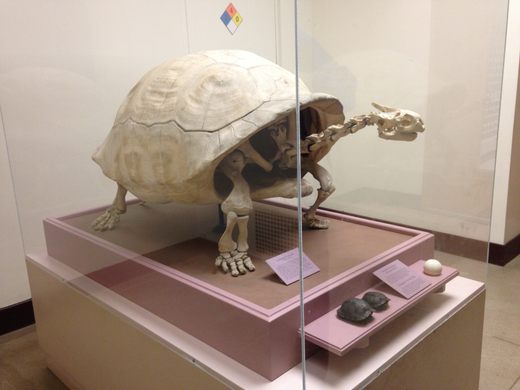


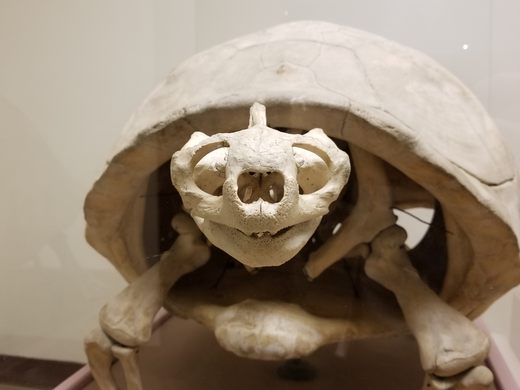
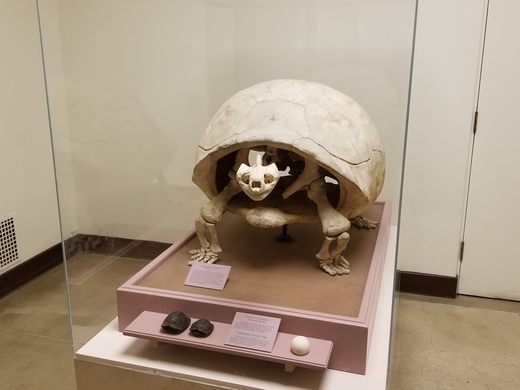





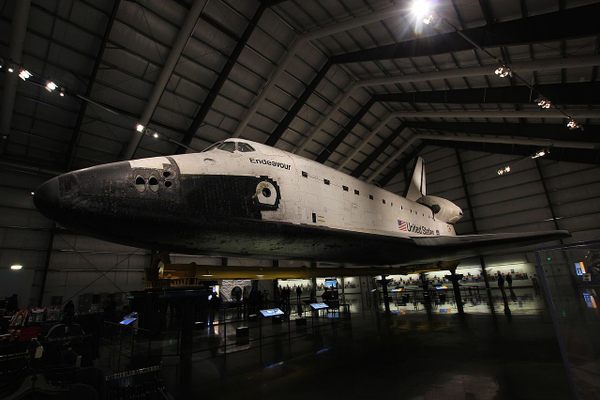
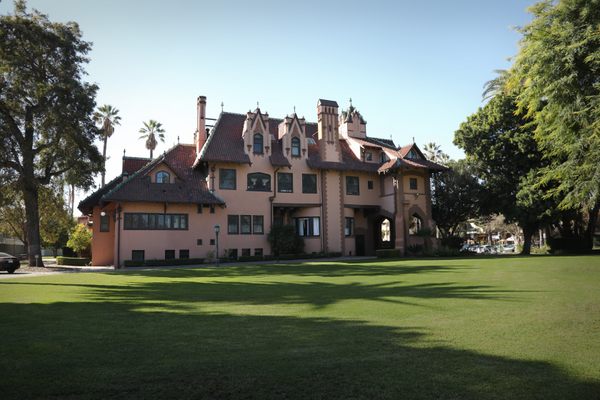




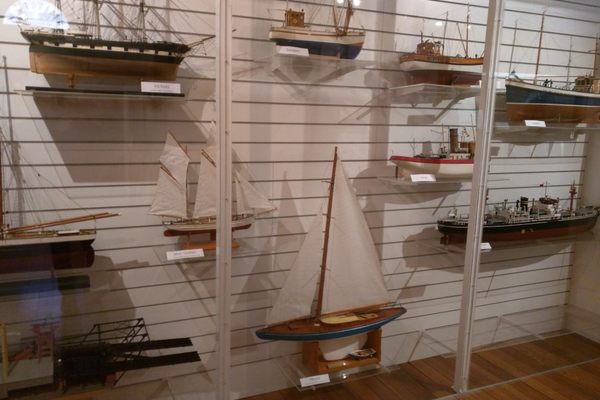


Follow us on Twitter to get the latest on the world's hidden wonders.
Like us on Facebook to get the latest on the world's hidden wonders.
Follow us on Twitter Like us on Facebook